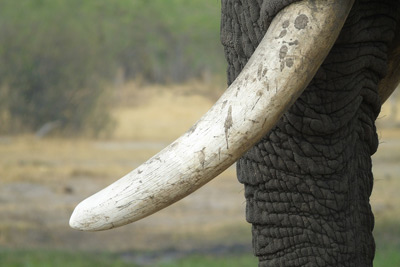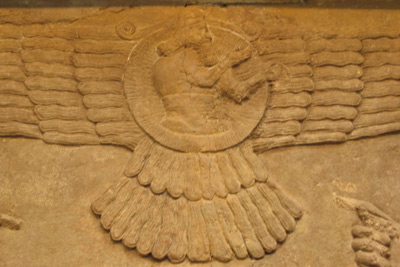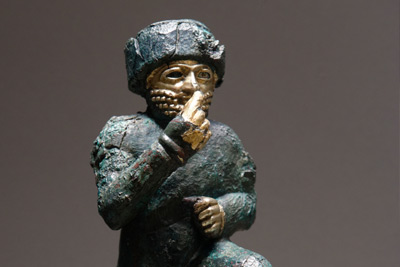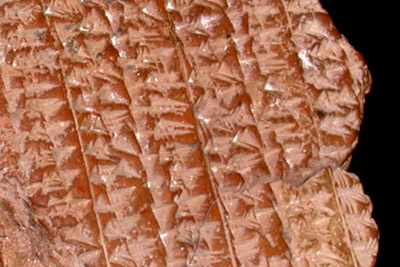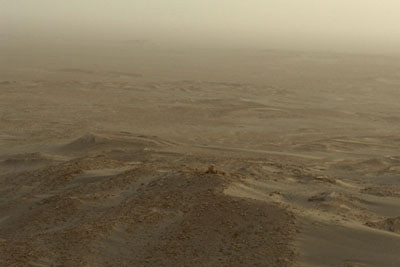Sumeria had millions of sheep and a large agricultural surplus, due to all the irrigation canals. The area was very poor in stone, metals and wood, and these all had to be imported from far away. The largest trading areas for Sumeria was the Persian Gulf (particularly todays Bahrain, Oman, UAE, Pakistan and India), Anatolia (Turkey) and the Zagros Mountains area in Iran. For the trade with the Persian Gulf, typically Sumerians traded with Magan (Oman/UAE) and Dilmun (Bahrain) and they again traded further away. The Larsa trade seems to have been driven by private entrepreneurs, as compared to the trade with Ur which was mostly driven by institutional actors (like the temples).

Larsa
Larsa (𒌓𒀕𒆠 UD.UNUG-KI read as Larsam-ki) was founded in the prehistoric Ubaid period (probably 6000-4000 BCE), and on the Sumerian King List, it is listed as one of the five cities in Mesopotamia before the flood.
The city of Larsa came to prominence at the end of the Ur III period, around 2000 BCE. It first joined up with another city, Isin, to form the Larsa-Isin empire. Then the king Gungunum of Larsa set out as a stand-alone empire without Isin, and the Larsa empire covered about 10-15 city states around it. It was finally conquered by Babylon and incorporated into the larger Babylonian empire around 1700 BCE.
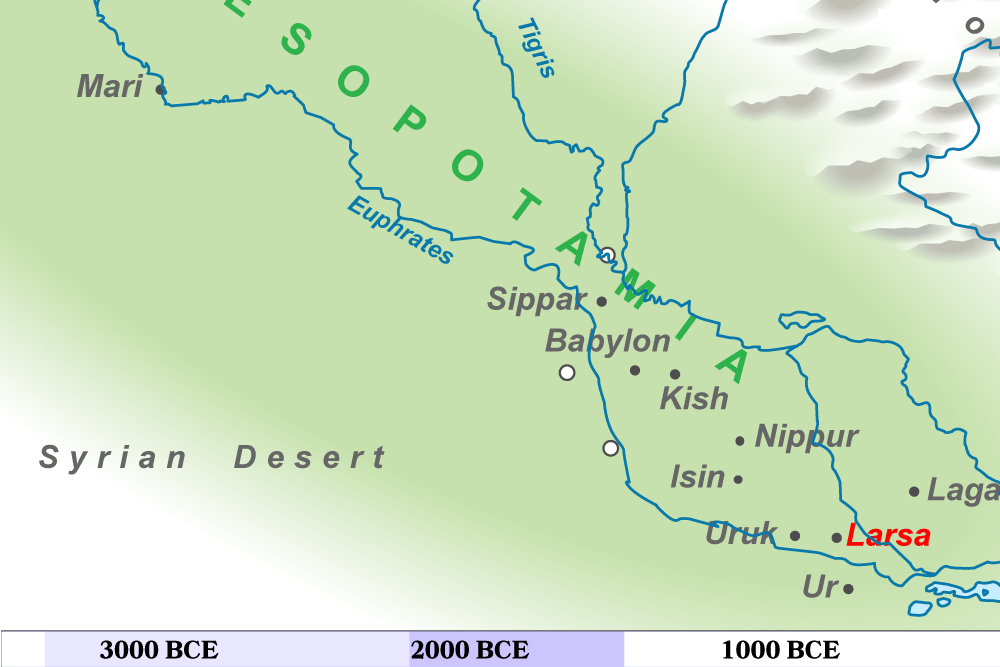
In Sumeria, Utu is the son of the moon god Nanna-Suen and he is the twin brother of Inana. Later, Šamaš (his Akkadian name) was made the son of Enlil or Anu. Utu/Šamaš was married to Aya, goddess of the dawn. Read more about Utu/Šamaš, the sun god.
.
See a complete list of Larsa kings.
One of the most important mathematical tablets is linked to Larsa, the Plimpton 322, which shows that people in Mesopotamia understood trigonometry much earlier than the Greeks (we originally thought that the Greeks had discovered trigonometry).
The current site of Tell Es-Senkereh is an oval, about 7 km in circumference. Read about the current site of Tell Es-Senkereh.
Interesting articles
You may also be interested in these articles
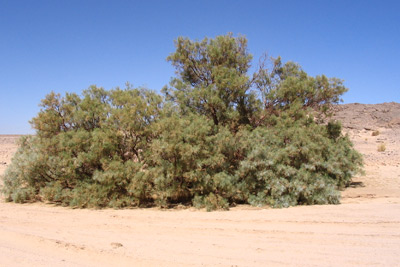
Trees in Sumeria
It is easy to think of Sumeria as a barren land, only kept alive by irrigation canals. In addition to irrigated trees such as date palms, we also find interesting flora such as the tamarisk, juniper and cedar.
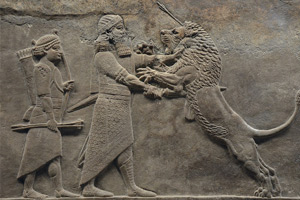
The Lion Hunt
If you have visited the Sumerian section of the British Museum, chances are you have seen the Lion Hunt of Ashurbanipal. It is a series of very impressive wall coverings illustrating the King Ashurbanipal's prowess.
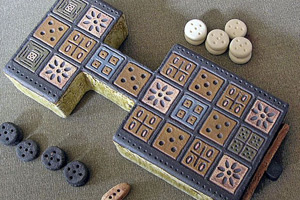
The game of Ur
Possibly the oldest board game in existence, and surely the oldest we have rules for, the Game of Ur is a fascinating predecessor to Backgammon. Watch a video on how to play it, and see the original at British Museum.

